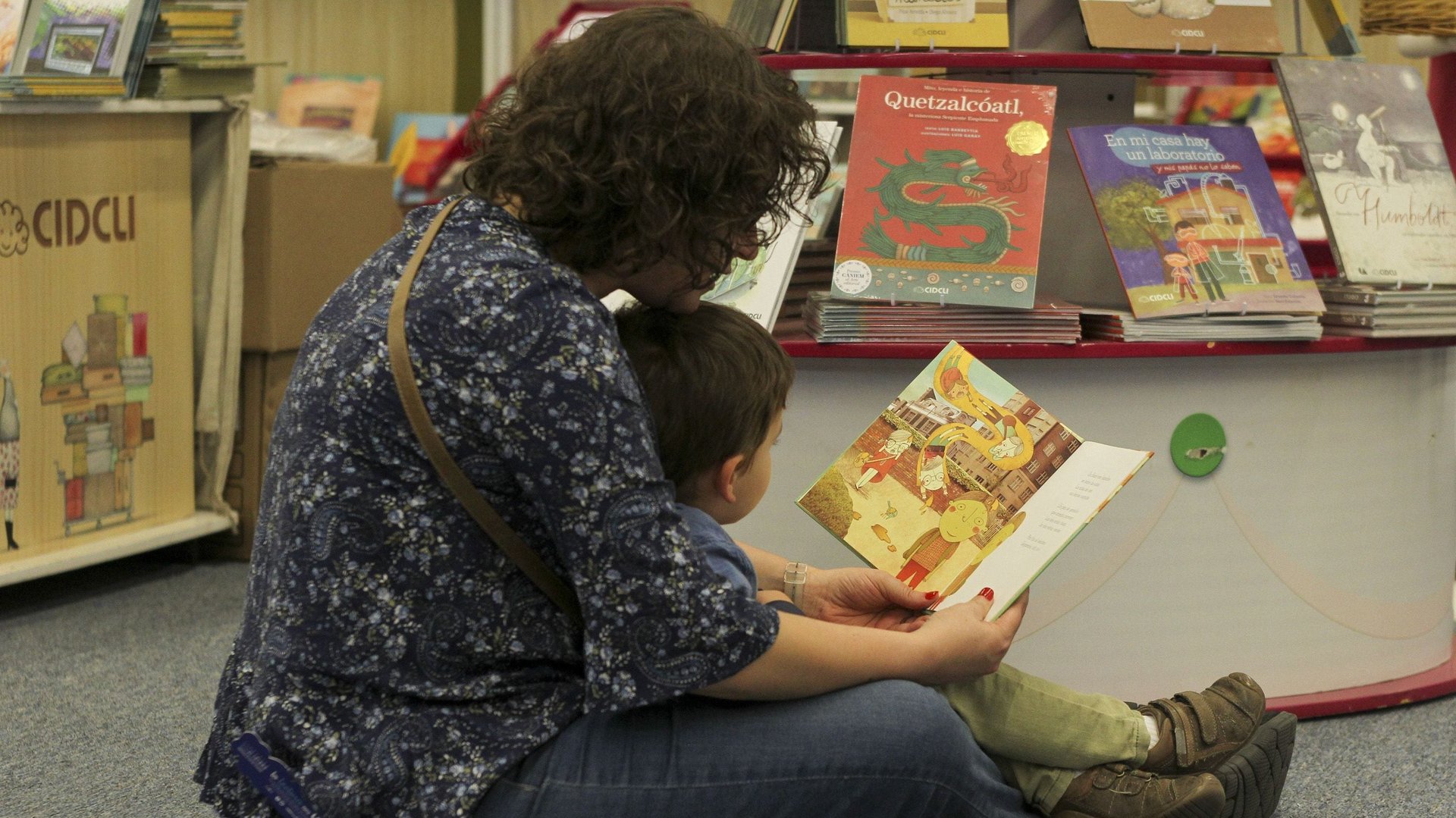Three of the best ways to read books to kids, backed by science
From timeless classics like Goodnight Moon to contemporary favorites like Don’t Let the Pigeon Drive the Bus, one of the best things that parents can do for their kids is cuddle up together with a book. It’s not just the one-on-one time that matters—story time helps develop children’s reading skills and vocabulary development, which in turn predict later academic performance.


From timeless classics like Goodnight Moon to contemporary favorites like Don’t Let the Pigeon Drive the Bus, one of the best things that parents can do for their kids is cuddle up together with a book. It’s not just the one-on-one time that matters—story time helps develop children’s reading skills and vocabulary development, which in turn predict later academic performance.
According to overwhelming scientific consensus, shared reading—when young kids join in on reading a book, guided and supported by an adult—gets kids engaged in books and makes them better readers in the long term. That’s especially true of picture books. Adults can engage with children by showing them photos and illustrations to help them understand the story, even if they don’t know all of the words.
If you’re eager to practice shared reading with your kids, a recent study from the American Psychological Association can help you figure out the best way to go about it. Three researchers at the University of Sussex conducted a meta-analysis of 38 studies involving 2,455 children to understand why, and how, shared reading benefits kids’ word comprehension. Some of the answers they found surprised them, and may surprise you too. Here’s a partial list of the habits that help kids, and the factors that don’t seem to make a big difference.
How to read with your kids
- Make it interactive: Reading books in an interactive way—by pointing out illustrations, asking questions, and providing word definitions—”significantly influences the number of new words children learn from shared storybook reading.” The gains from this type of reading, called dialogic, are significant: “The use of dialogic styles increases word learning by more than one word per child.”
- Repeat certain vocabulary words: The report shows that multiple exposures to words improves word learning, not just because the kids memorize the word, but because they understand it better and can retain it for longer.
- Keep favorite stories in rotation: While the meta-analysis didn’t find a conclusive enough link between story repetition and word comprehension, other studies (including one conducted by Jessica Horst, one of this study’s co-authors), have shown that reading the same stories over and over again increases kids’ ability to both remember and retain words.
What matters less
- Who reads: The researchers found that children’s word comprehension wasn’t influenced by whether a story was read by a teacher—a familiar reader—or by a researcher that the child didn’t know.
- A child’s age: Horst tells me this finding surprised her. Her team found that, despite the conventional wisdom that older kids learn words better than younger kids, there seemed to be no link between age and word comprehension. That could be because the researchers in the 38 studies self-moderated to adapt the tasks to the children’s age: “Naturally, the researchers seemed to be updating what they were asking the kids to do, so they’re not asking older kids and younger kids to do the same kinds of things,” Horst says.
This reporting is part of a series supported by a grant from the Bernard van Leer Foundation.